by Steve Rogers Outdoors
2/22/2024
Links to websites for Tritanopia Color Filters:
Site 1: https://pilestone.com/pages/color-bli…
Site 2: https://daltonlens.org/colorblindness…
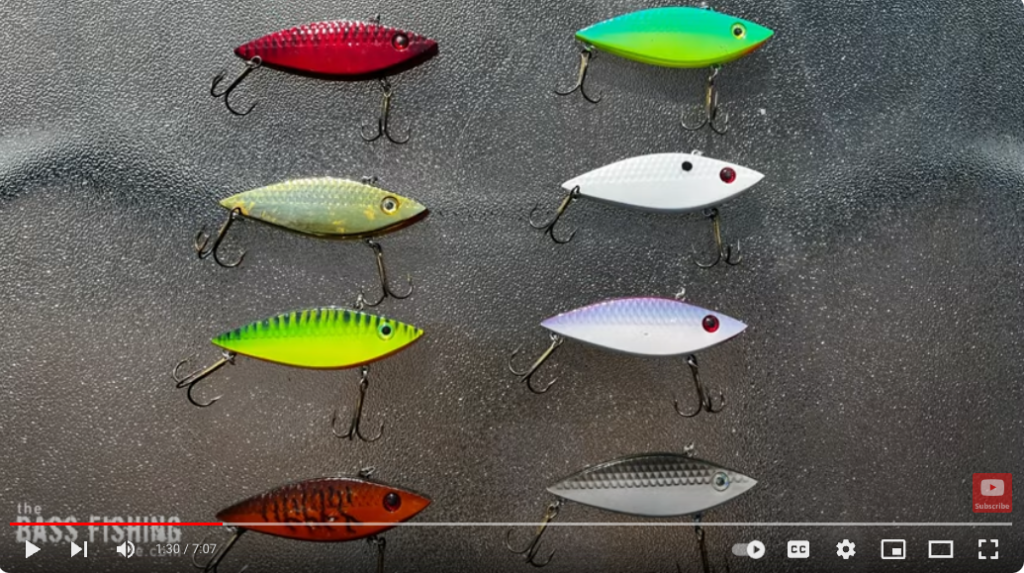

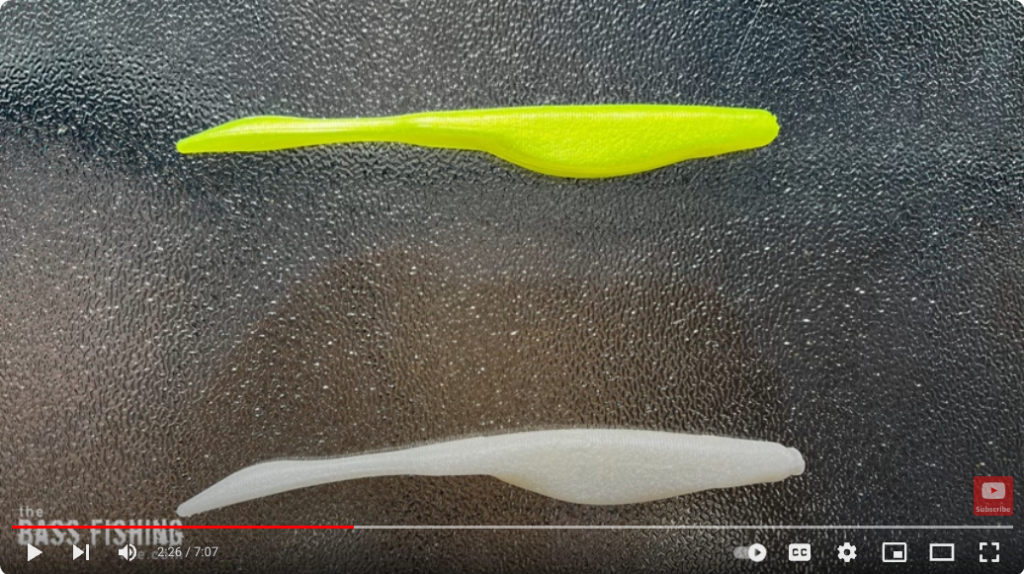
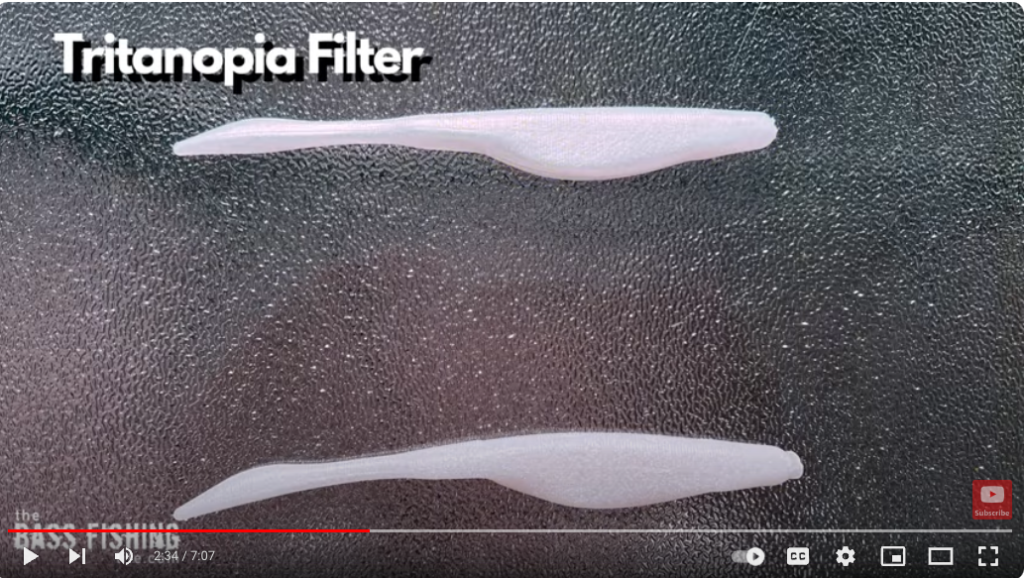
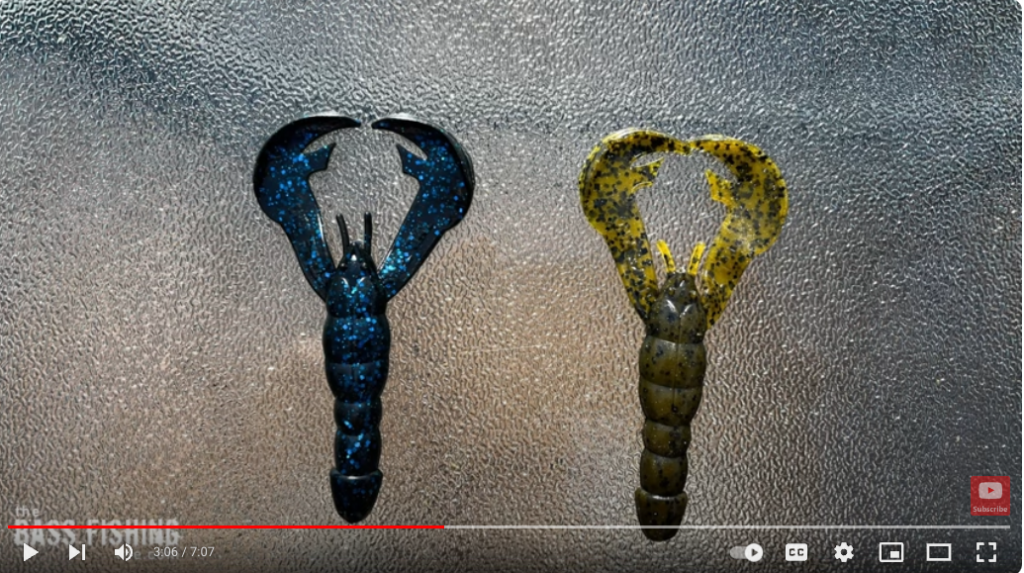
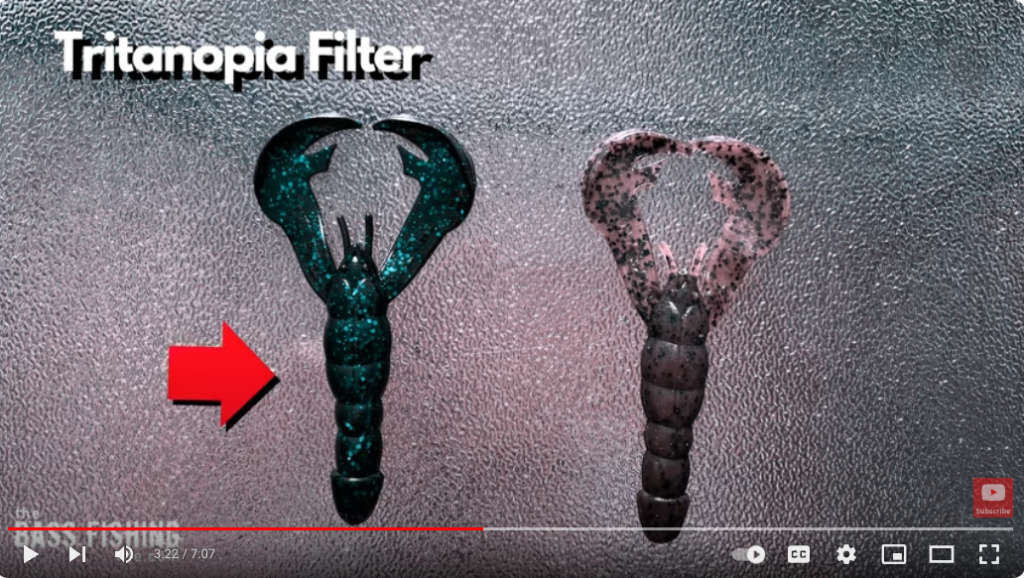
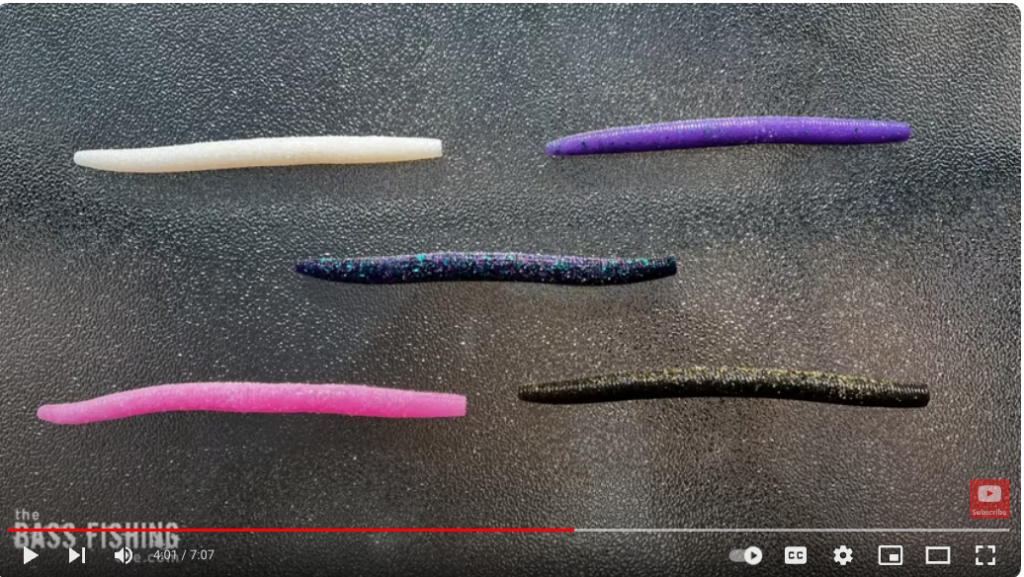
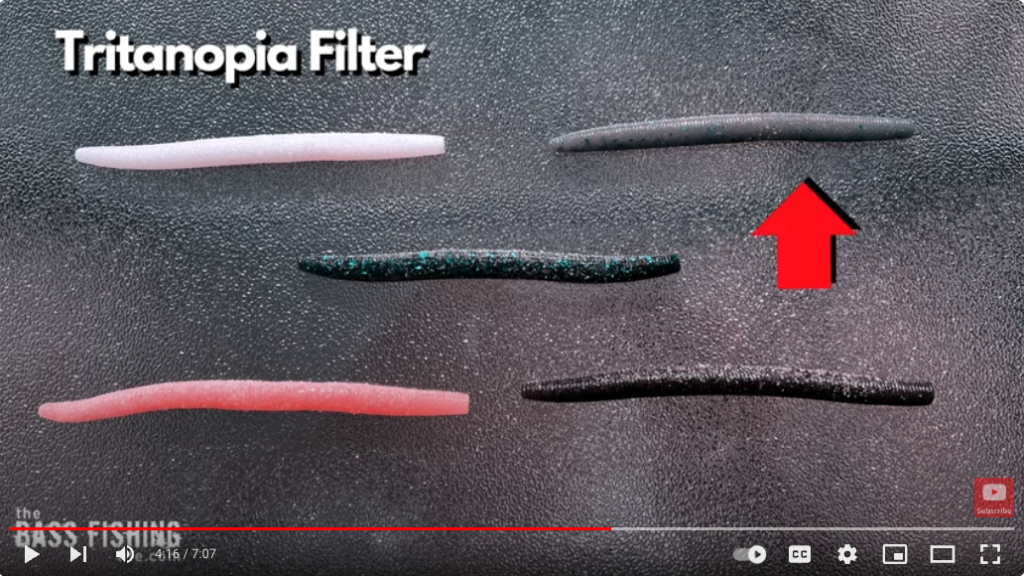
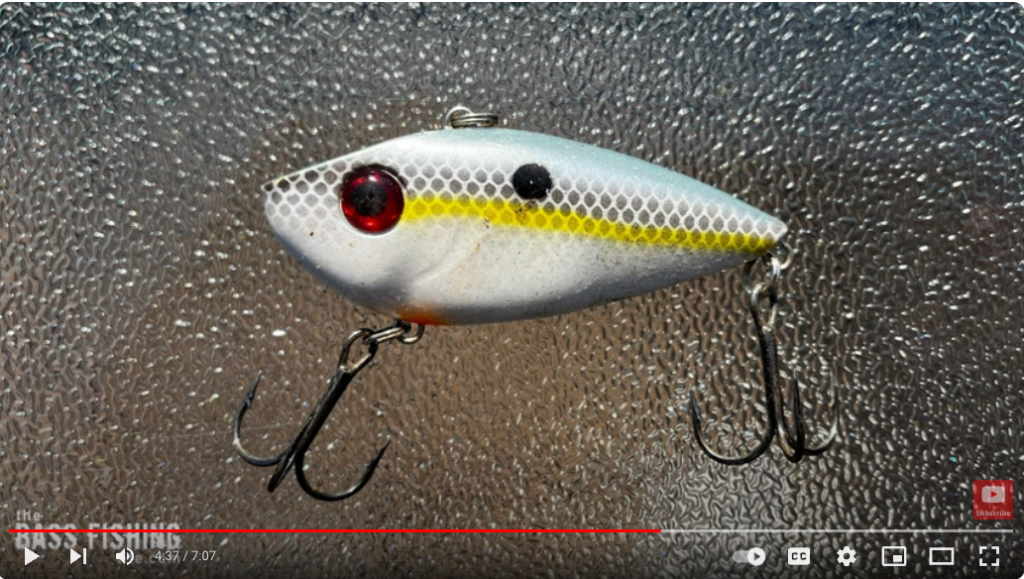
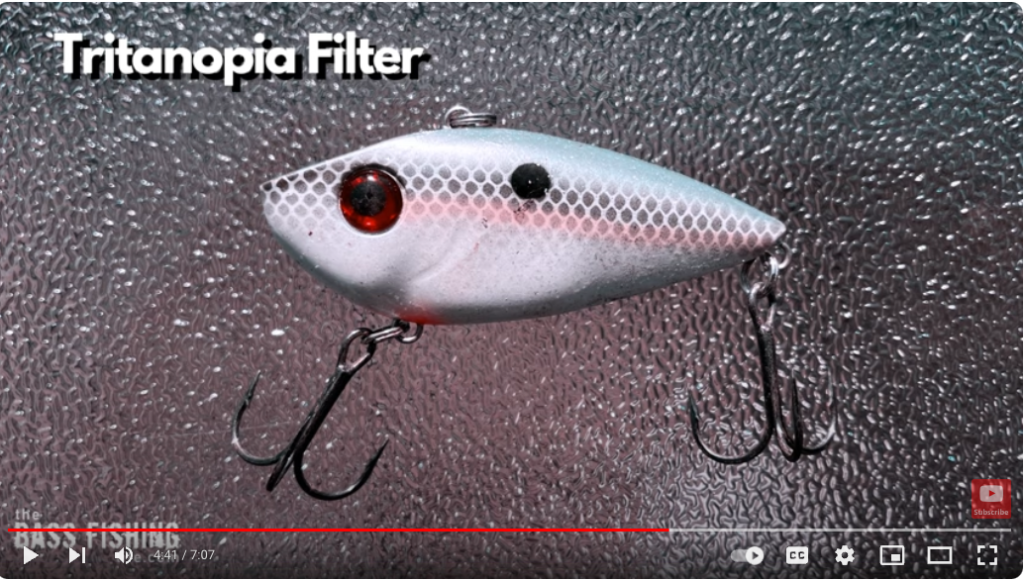
Steve Rogers’ video delves into the fascinating topic of how bass perceive colors compared to humans, particularly focusing on the absence of blue cone cells in bass vision. This exploration is crucial for anglers aiming to optimize lure selection based on the scientific understanding of bass sight. Here’s a detailed breakdown of the insights and experiments Steve shares:
Human vs. Bass Vision
- Human Vision: Humans have trichromatic vision, meaning we have red, green, and blue cone cells that allow us to see a wide spectrum of colors. This combination enables us to perceive colors vividly and distinctly.
- Bass Vision: Bass, however, lack blue cone cells, making their vision dichromatic. They only have red and green cone cells. This absence significantly alters how bass perceive their environment, especially underwater.
Color Perception Experiment
Steve conducts a series of experiments to illustrate the difference in color perception between humans and bass. He uses a variety of lure colors and presents them both in and out of water to simulate how bass would see these colors.
- On the Tabletop: Initially, lures are laid out on a table in full human-visible color spectrum. Then, using a tritanopia filter (which simulates the absence of blue vision), Steve shows how the colors change. Notably, reds remain similar, golds appear more silver, chartreuse turns mostly white with a greenish hue, and purples nearly vanish.
- Underwater Observations: The lures are then observed underwater through the tritanopia filter. The results align closely with the tabletop experiment, with some colors appearing more muted. The brown, interestingly, looks more brown underwater than on the table when viewed without blue vision.
Specific Color Analyses
- Sexy Shad: A popular lure color, Sexy Shad, loses its blue aspect under the tritanopia filter, with chartreuse lines taking on a reddish tinge.
- Chartreuse and White: Soft jerk baits in chartreuse and white are compared. Under the tritanopia filter, both appear completely white, though underwater, the chartreuse lure appears slightly more muted than the white.
- Black Blue and Green Pumpkin: These popular colors show significant changes under the filter. Blue flake appears green, and green pumpkin looks more like plain pumpkin. Underwater, black blue appears very green, and green pumpkin nearly translucent.
Implications for Fishing
Steve discusses how these color perception differences might influence fishing strategies:
- Matching the Hatch: For anglers prioritizing a close imitation of natural prey (e.g., sunfish), the findings suggest that lures closely matching the prey’s color in human vision still appear similar under bass vision conditions. This supports the strategy of “matching the hatch.”
- Contrast and Visibility: Anglers preferring lures that stand out might find white and chartreuse (or “white and white,” considering bass vision) to be highly effective for creating contrast and visibility underwater.
- Confidence in Color: Steve concludes that while understanding bass color perception is valuable, an angler’s confidence in a particular lure color due to past success might be the most critical factor.
Conclusion
Steve Rogers’ video offers a unique blend of scientific insight and practical fishing advice, shedding light on how bass color vision can impact lure selection. By understanding the limitations and capabilities of bass sight, anglers can make more informed decisions about their lure colors, potentially enhancing their fishing success. Whether aiming to closely mimic natural prey or to use high-contrast lures for visibility, the key takeaway is that knowledge of bass vision can be a valuable tool in an angler’s arsenal.

